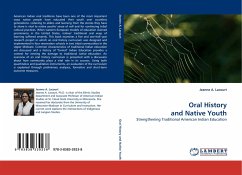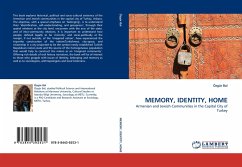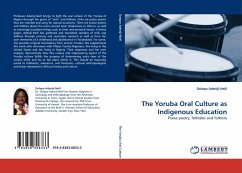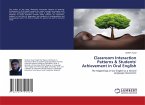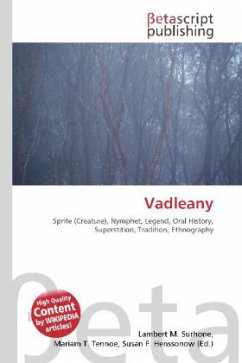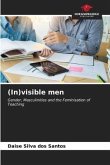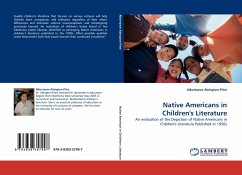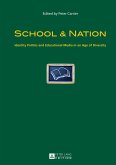American Indian oral traditions have been one of the most important ways native people have educated their youth over countless generations. Listening to elders and learning from the stories they have to share is vital to native youths' sense of self and for continuing tribal cultural practices. When western-European models of education claimed prominence in the United States, natives' traditional oral ways of learning suffered severely. This book examines a five and one-half year research project in which an oral history curriculum was designed and implemented in four reservation schools in two tribal communities in the Upper Midwest. Common characteristics of traditional Indian education are discussed and a history of "formal" Indian Education provides a context for viewing the damage to traditional native education. An overview of an oral history curriculum is presented with a discussion about how community plays a vital role in its success. Using both quantitative and qualitative instruments, an evaluation of the curriculum is explained through preliminary analyses, formative and short-term outcome measures.
Bitte wählen Sie Ihr Anliegen aus.
Rechnungen
Retourenschein anfordern
Bestellstatus
Storno

